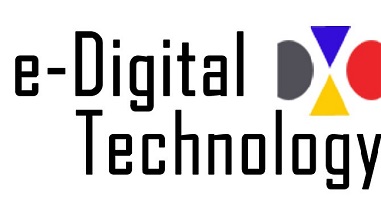Difference between code igniter and PHP-MVC
A Finished PHP Framework is Code Igniter. A tried-and-true, open-source, and agile PHP web application framework, Code Igniter has a minimal footprint. While PHP-MVC: A straightforward and simple to grasp MVC skeleton application, it is powering the future generation of online applications. This project is written entirely in native PHP and is not intended to be a comprehensive framework.
The PHP-MVC skeleton aims to be the vastly reduced counterpart of large frameworks. Code Igniter and PHP-MVC are primarily falling under the category of “Frameworks (Full Stack)” tools. Both PHP-MVC and Code Igniter are open-source applications. Compared to PHP-MVC, which has 1.25K GitHub stars and 494 GitHub forks, Code Igniter appears to have 17.4K GitHub stars and 7.72K forks. In contrast to PHP-MVC, cited in 11 business stacks and 8 developer stacks, the StackShare community claims that Code Igniter has a broader following and is mentioned in 261 company stacks and 105 developer stacks.
Top Websites’ Market Share: PHP dominates the Top 10K, Top 100K, Top 1M, and The Entire Web. Code Igniter trails PHP in market share, falling short of PHP in every industry. PHP is used more frequently across a broader range of website categories. Including 20 other categories, such as Adult, Arts & Entertainment, Computers, Electronics & Technology, and Science & Education. In no website category does PHP have an advantage over Code Igniter.
In the geographical category, PHP is in the lead in most nations, including Germany, the United States, Russia, Japan, and 158 other nations. In no country does PHP currently have a lead over Code Igniter.
There are a lot of parallels between PHP and Code Igniter that you should be aware of. For instance: It permits you to construct views that display content, models that connect to data sources, and controllers that keep track of user activity and enable model and view modifications. Use hierarchical folders to keep the parts of your program apart from a central core. Use configuration files to retain necessary metadata, such as base URLs, the location of the database, and similar information. Use callback functions for the controller. Permit you to create your libraries and utility operations and expand the basic code.
